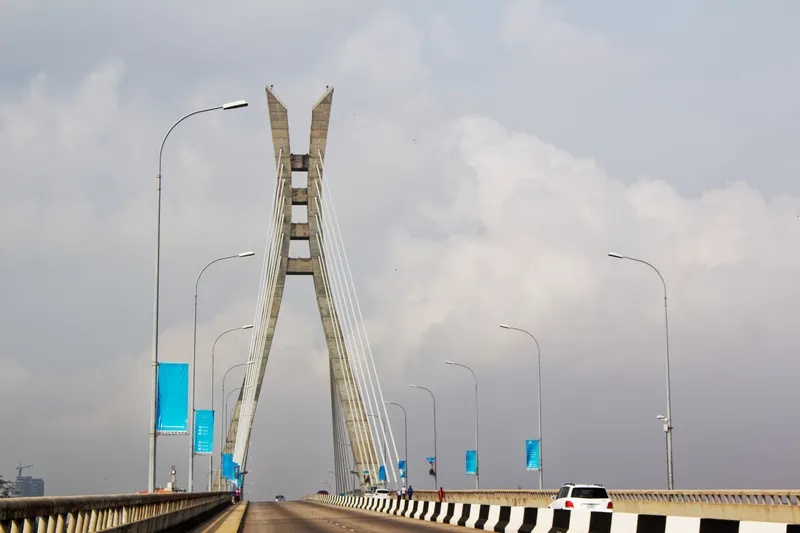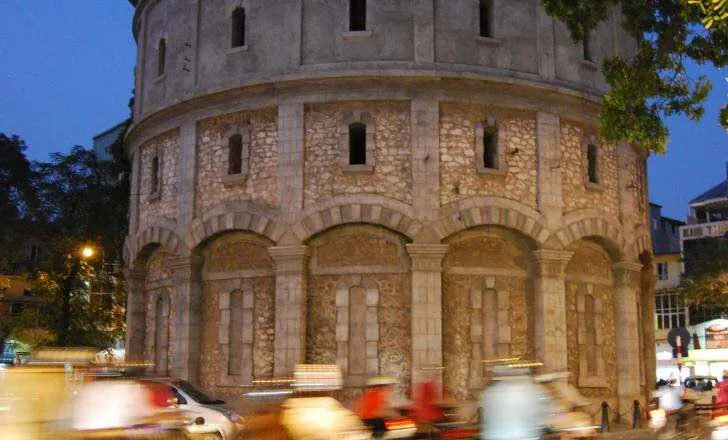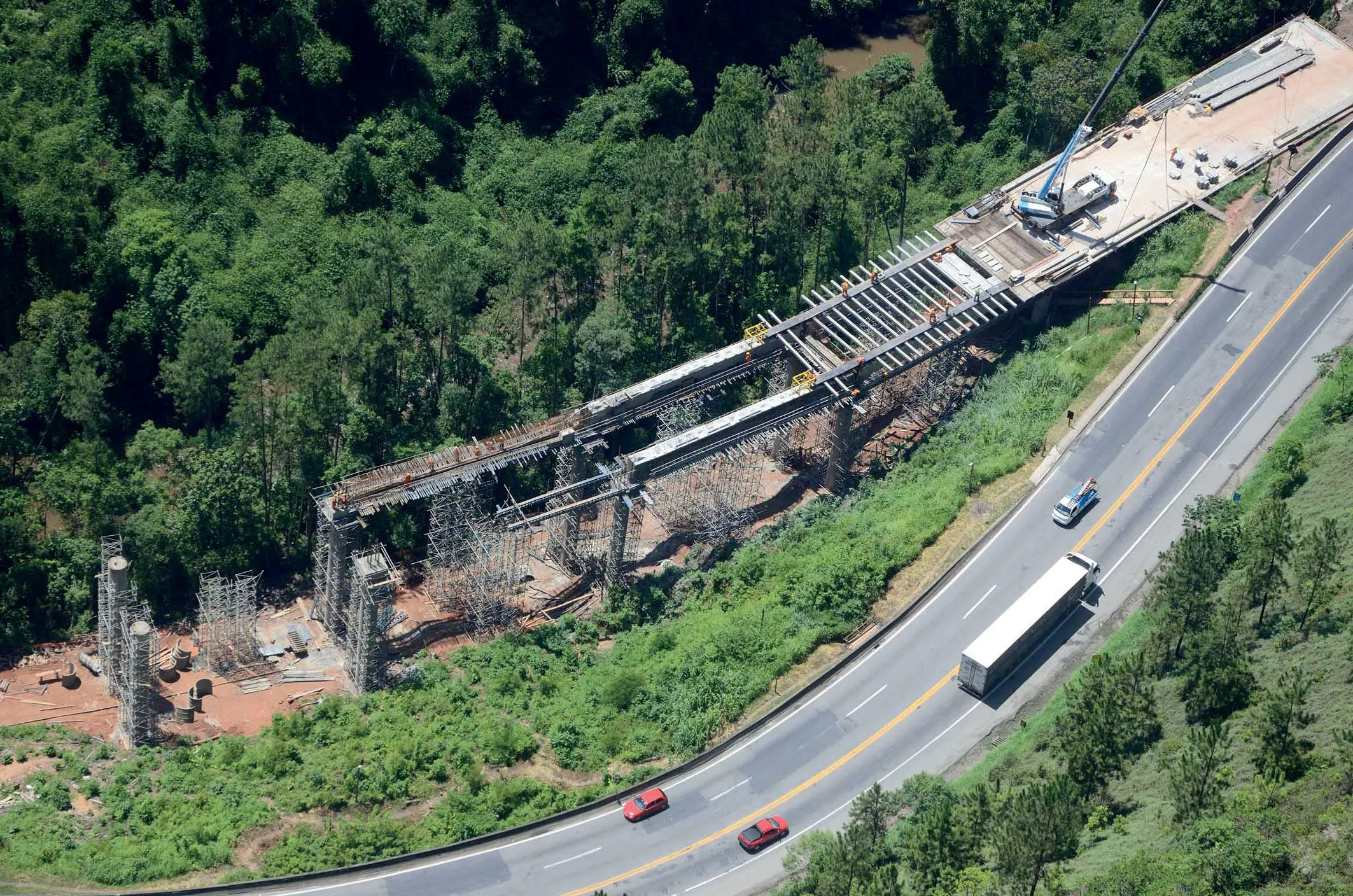Vietnam is pushing ahead with its road and highway development programme. One crucial project is for the construction of the Ho Chi Minh (HCM) Road project. When complete the route will connect Cao Bang with Ca Mau, with some US$903 million required to finish the work. Around 79% of the 2,744km HCM route is open already, with the road due for completion by 2020. The 98km stretch linking Cam Lo and La Son should be ready in 2019, although work has stopped for the moment on another 289km section of the route
August 17, 2018
Read time: 1 min
Vietnam is pushing ahead with its road and highway development programme. One crucial project is for the construction of the Ho Chi Minh (HCM) Road project. When complete the route will connect Cao Bang with Ca Mau, with some US$903 million required to finish the work. Around 79% of the 2,744km HCM route is open already, with the road due for completion by 2020. The 98km stretch linking Cam Lo and La Son should be ready in 2019, although work has stopped for the moment on another 289km section of the route due to a shortage of funds. A further three sections of the road still have to be built.








